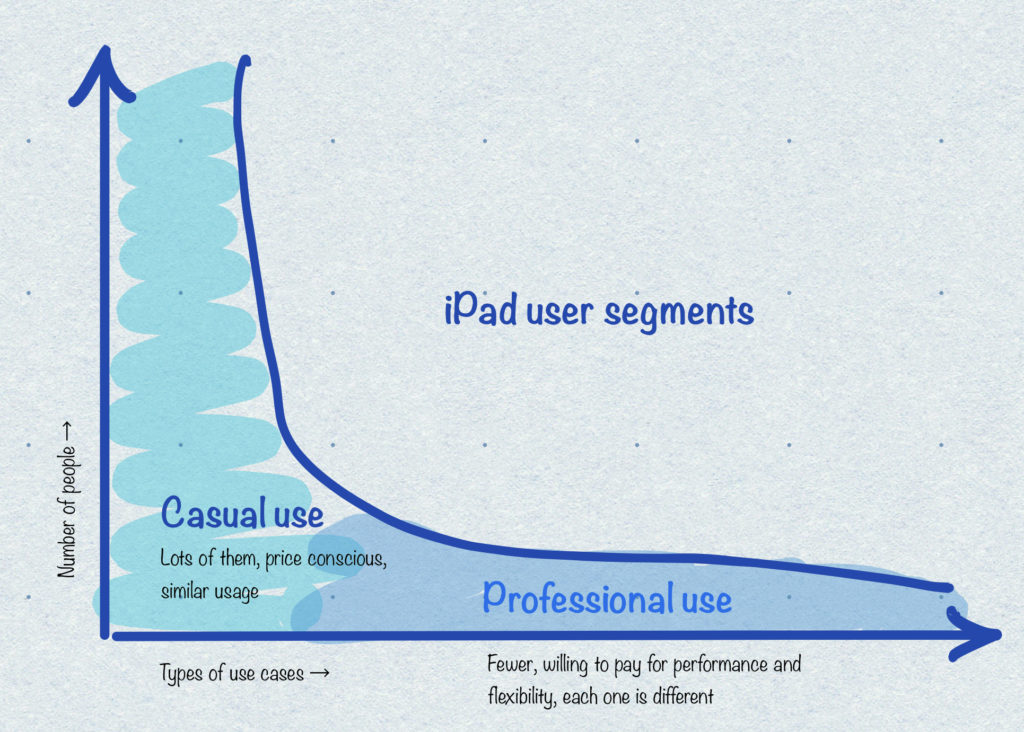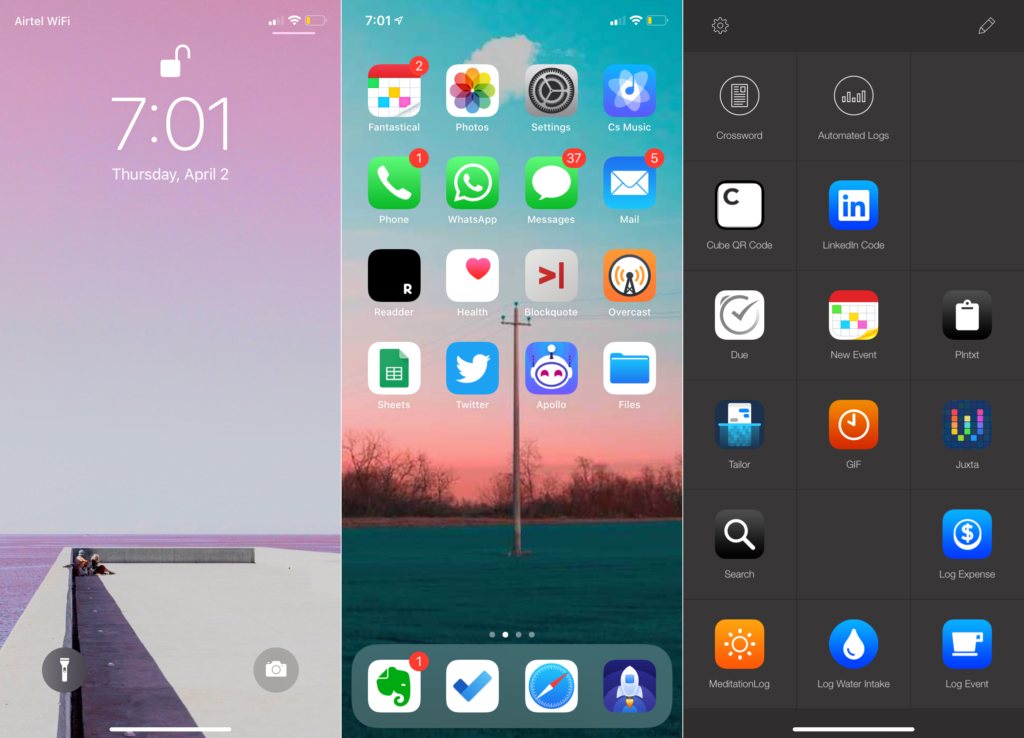Our attention is finite – fundamentally, it’s a function of time. In an age of abundance of data, attention is capital. The most successful companies of our time look to accumulate and grow as much of it as possible: Google’s search and many other services, Facebook (with Instagram), Twitter, Spotify and of course TV news channels. Their business model is to resell our attention at a price to entities we have little to no control over.
These vast entities, most publicly listed companies, are Attention Merchants: we hand our attention daily to these entities. They aggregate and lend it out to advertisers for a price. We collect a fraction of the returns. Not as cash but as the product that is built with the cash.
The problem is that it’s a closed loop – the product itself collects more attention and data. It’s pretty clear then that the primary incentive is not to make the product more useful for us but to capture every little bit of marginal attention. For example, Twitter’s Q4 FY19 investor fact sheet depicts people who use its service as faceless heads labelled ‘monetizable DAUs’, the primary company metric. This is not to single out Twitter – examine any quarterly result of any of these companies. The market rewards every quarterly increase in attention and its monetisation.
When that product has to do with information, with news, as nearly all of these do, the impact of this misalignment of interests is very real.
For instance, rather than algorithms highlighting a finite number of tweets (or Facebook or Instagram posts…) that are relevant to me, all social media is now designed as an infinite river or stream of posts with an easy ‘pull to refresh’ (its inventor has regretted how addictive it has become). The algorithm may sort by both recency and relevance, but it is always infinite – the objective being to keep you on the site/app as long as possible. Other news and other content sites achieve this with ‘you may also be interested in’ widgets or outright loading other news stories as you approach the end of an article, again simulating a river. This means more consumption, less thinking.
The second-order consequence of this is the way online content is written. We have written about what happens when the audience for online writing is an algorithm instead of a human being:
I would add new ways of searching in Internet. If I searched for food recipes in the 2000s I would find independent blogs with some real local/family taste. Now I have a hundreds of results from click bait sites with the same commoditized recipes and the ugly blog with a good recipe deep in the long tail. We can say that we need improvements in the long tail when the tail deserves to move up (or to the left in a xy chart).
Internet search is a driver for the world economy, a tiny improvement would improve the life of entrepreneurs and their ecosystem beyond elite circles.
I had then written: Discoverability is going to become an increasingly large problem. Leaving aside content locks inside social media services, over and above what the commenter says, Google optimises for recency, page performance, mobile-friendliness. You can no longer filter search results by date range. Organic results are also pushed down the page by structured search results: top stories, news carousels, related search results, travel cards and more, all of which are dominated by publishers that support AMP.
Taken together, this ends up being biased against independent, casual, non-optimised but potentially interesting publishing, not to mention the loss of increasing amounts of old content that exists on the web but with no way to discover them any more.
This state of affairs creates a pervasive environment for distorted news. (part 3)


